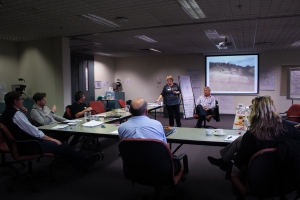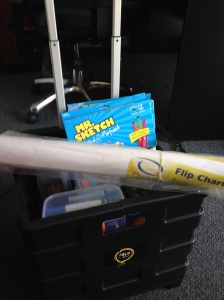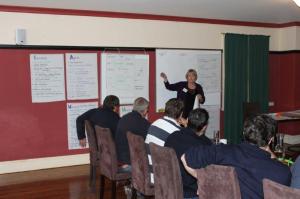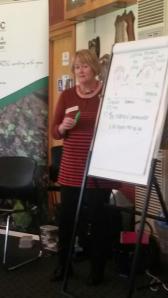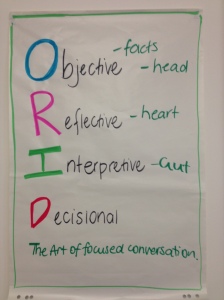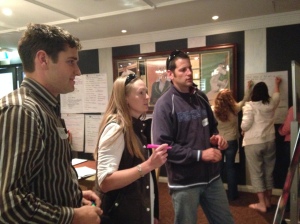Coo-ee Collective
 Living in the country for most of life I have often been envious of the professional development opportunities and professional association meetings available to my city counterparts. The ability to finish work and join an event with like minded professionals when you work in regional areas requires planning, travel and time.
Living in the country for most of life I have often been envious of the professional development opportunities and professional association meetings available to my city counterparts. The ability to finish work and join an event with like minded professionals when you work in regional areas requires planning, travel and time.
For years I have been using web based “on line rooms” to deliver training, facilitate and run meetings with regional participants. My first attempt was in the early 2000’s when we ran a Government funded trial using the school of the air system to provide training for rural women in South Australia. The success of this pilot and the seeing the excitement for women being given an opportunity from the home office inspired me to persist with the technology – which still often lets us down.
As the technology is getting cheaper, easier and more accessible to use I have decided to combine my passion for mentoring and developing people with this virtual technology.
And so the Coo-ee Collective has been founded! Initially Coo-ee will focus on providing virtual mentoring for groups of people in agriculture and regions, other products will be added over time.
Our pilot mentoring group is well underway with seven rural women from across Australia and one from New Zealand meeting once a month to provide support, inspiration and share ideas with each other. Susie Green from SA is one of the participants – her comments are below…
“Coo-ee Collective has overcome geographical barriers to provide me with a unique opportunity to connect with like-minded rural women from across Australia and New Zealand. It provides a safe, structured and supportive environment to share experiences and emotions without judgement, competition or jealousy. It allows participants to be vulnerable without fear of shame and support each other as we work through challenges.” – Susie Green
For more information about Coo-ee Collective follow us on Facebook and to sign up for our newsletter

